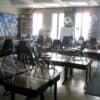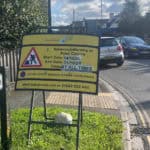The Isle of Wight Creative Network (IWCN) held its inaugural Creative Industries Conference on 3rd October 2024.
More than 60 attendees gathered at Building 41 near Cowes, with many more joining online. The event aimed to explore the future of the creative industries on the Isle of Wight.
Opening talks and key speakers
Georgia Newman, Deputy Director of Creative Island and IWCN lead, organised the event. She opened by acknowledging the support from Arts Fundraising and Philanthropy, which helps arts institutions enhance their fundraising efforts.
Rosie Wolfenden MBE, co-founder of jewellery brand Tatty Devine, gave an inspiring talk about her journey. She shared her experiences, from starting with a market stall to building a successful global brand, highlighting the importance of persistence and innovation.
She said,
“We make things that don’t exist, so that people can express themselves in a way they wouldn’t be able to otherwise.”
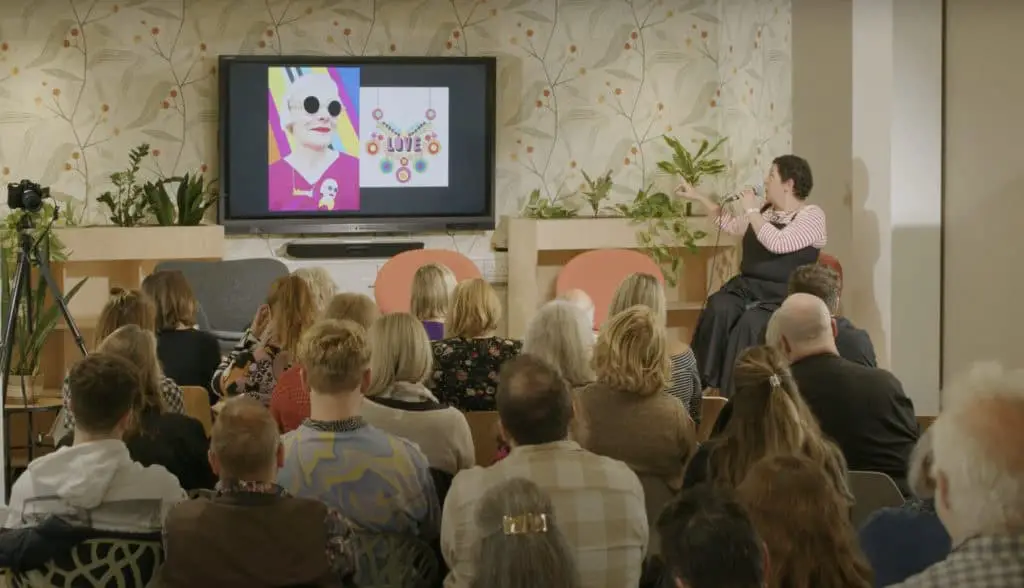
Breakout workshops and afternoon discussions
Attendees then joined workshops led by Creative Catalyst Innovation, where facilitators discussed topics like disruptive innovation and sustainable business models. These sessions focused on how creatives can adapt to the fast-changing landscape while maintaining ethical practices.
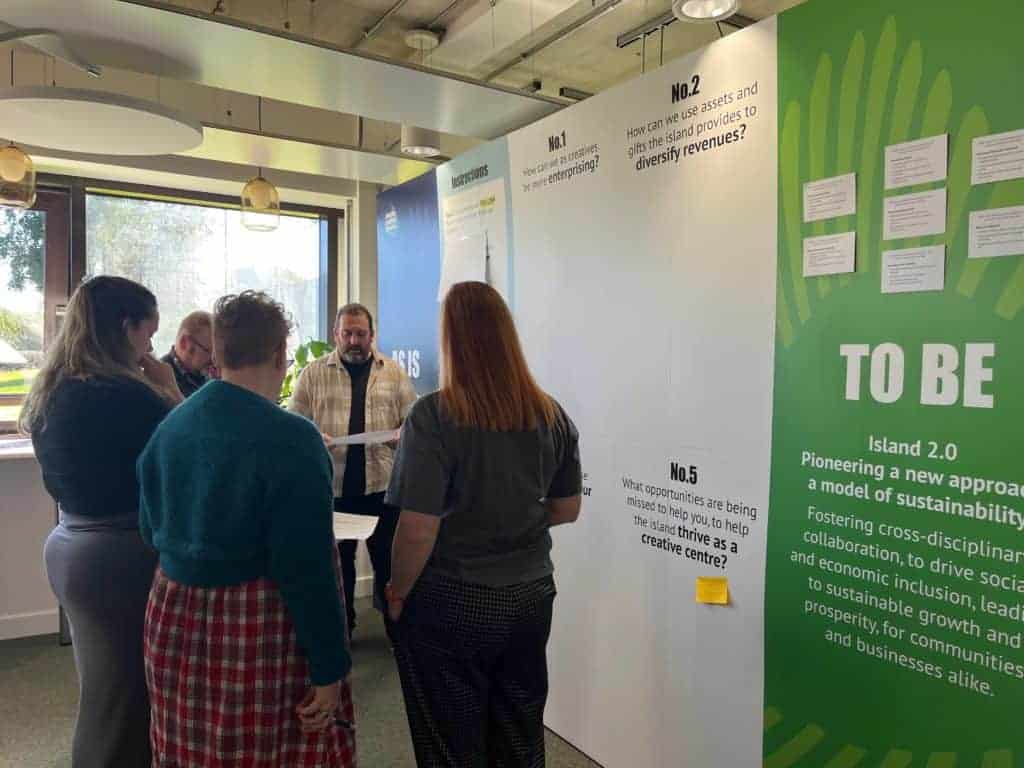
After lunch, Isle of Wight council’s Cabinet Member for Economy, Regeneration, Culture, and Leisure, Julie Jones-Evans, delivered a speech about the vital role of the creative industries in the local economy. She urged,
“Keep expressing and pushing boundaries, without it we can’t grow as a collective.”
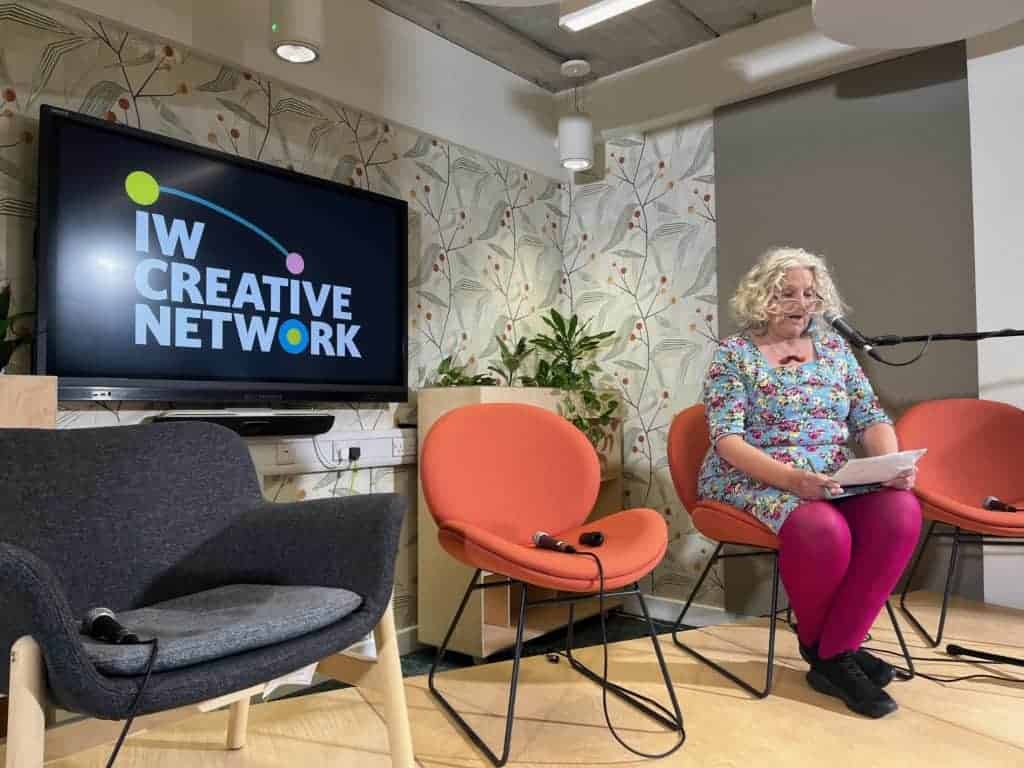
Panel discussions and networking
A panel chaired by visual artist Alys Scott Hawkins included theatre-maker Joe Plumb and artist Jan Frith. The discussion covered the challenges and opportunities facing the creative sector, followed by a lively Q&A.
Later, attendees had the chance for one-on-one mentoring sessions with industry experts, receiving tailored advice on their creative businesses and funding challenges.
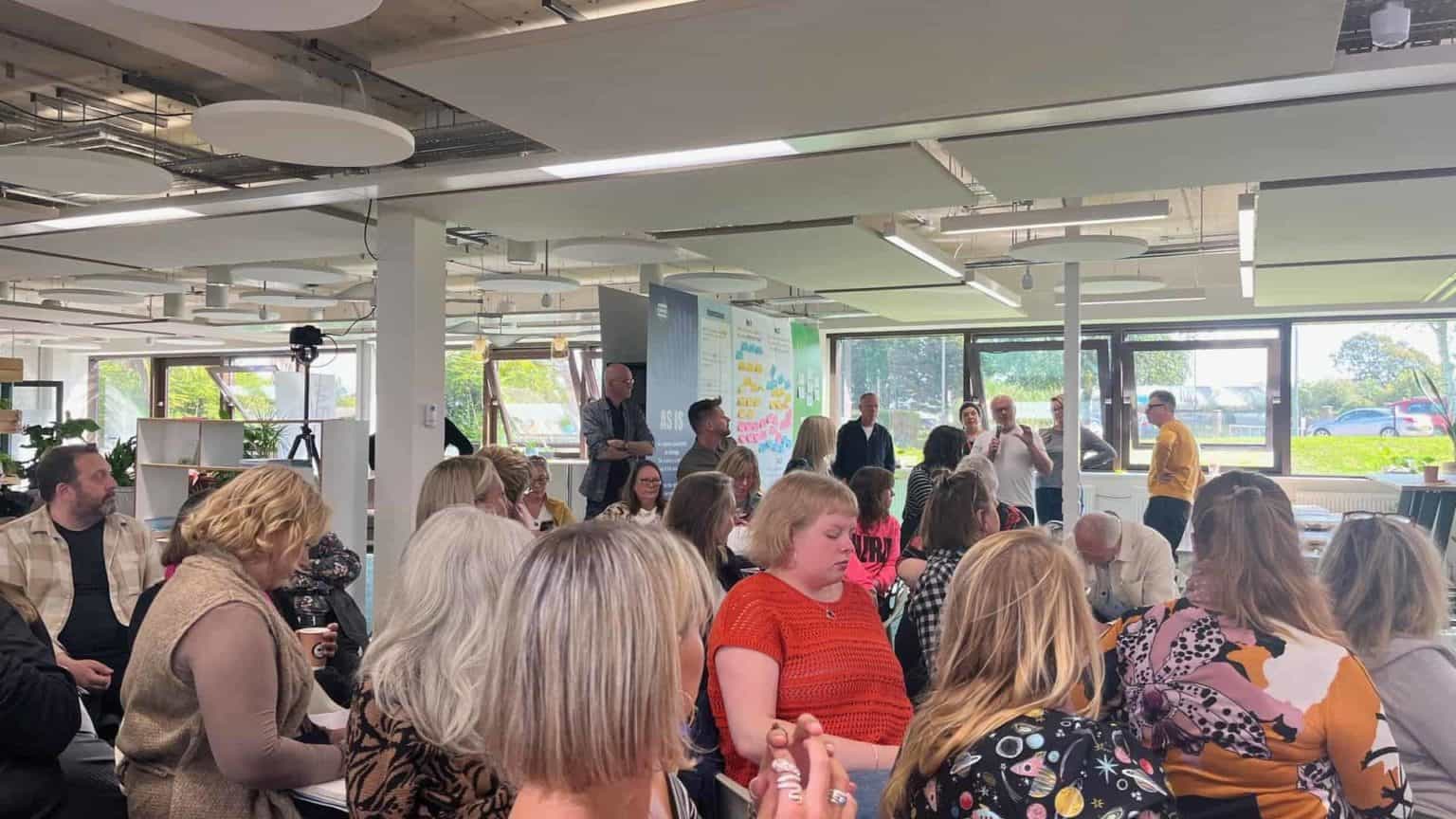
Reflections on a successful event
The conference was hailed as a success by attendees. Photographer Zoe Barker described it as “the perfect environment for networking”, whilst playwright Rob Thompson praised the event for bringing together creatives to shape the future of the Island’s economy and culture.
Young artist Jasmine Truman echoed this, highlighting the importance of such events in fostering collaboration and innovation within the Island’s creative community.
Provocation: Creativity is not enough
The highlight of the day for us was the opening talk by Ian Boyd from ARC. Widely respected for his dedication to environmental conservation and deep understanding of the Island’s wildlife and habitats, Ian delivered a provocative speech, encouraging creatives to rethink their approach. Speaking to a room full of artists and innovators, Ian presented a thought-provoking case for why creativity alone is not enough to drive meaningful change in today’s world.
Ian opened his presentation by explaining the title of his talk, “Creativity is not enough,” and challenged the audience to rethink how they view creativity in the context of social and environmental progress.

The problem with modern creativity
“If we cut creativity out of the fabric of social hope, it just becomes cultural litter,” Ian declared, drawing the audience in with this powerful image. He described how discarded ideas, stripped of their potential to inspire change, are simply swept aside, “crunchy underfoot” in studios and galleries.
Ian then delved deeper into why modern creativity often fails to spark real transformation. He argued that while creativity can be recycled, it often becomes mere ingenuity—a resource he believes the world has in abundance. “There is a massive global oversupply of ingenuity and an incredible scarcity of creativity as a raw material,” Ian noted. He described creativity as a bridge linking imagination with hopeful futures, but lamented that we have forgotten its true purpose.
“We’ve turned creativity into a beginning and an end, and we don’t visit either of the islands it is supposed to bridge,” Ian observed, underscoring the importance of using creativity to lead society toward change, rather than allowing it to stagnate as an end in itself.
The funding dilemma and ‘toxic nostalgia’
Ian went on to critique the current funding landscape for creative projects. He argued that funders, by playing it safe, perpetuate a cycle of recycling old ideas rather than fostering new, riskier innovations. “That machine is what turns creativity into ingenuity because you are required by your funder to take the last project you painted red and paint it blue,” he explained, highlighting the restrictive nature of the funding process.
Taking his provocation further, Ian accused the Island of being haunted by “toxic nostalgia,” a phrase that resonated deeply with the audience. He introduced the concept of ‘hauntology,’ a term coined by French philosopher Jacques Derrida, to describe how society remains fixated on a romanticised past. Ian described the Island’s version of this nostalgia: “The Island only looks backwards, it says things like ‘wasn’t it great when the beaches were full’.”
According to Ian, this fixation on lost opportunities is a barrier to developing a vibrant cultural and ecological future. “We’ve created this Office of Lost Futures,” Ian said, suggesting that the Island remains mired in missed possibilities because it has failed to nurture a cultural environment that can drive new ideas forward.
Revolution through Ecology and Art
Despite the heavy critique, Ian offered a message of hope. He encouraged the audience to embrace the Island’s revolutionary potential in two key areas: ecology and art. Ian believes the Island is uniquely positioned to drive systemic change by merging its ecological heritage with its creative industries. He pointed to the Island’s status as part of the UNESCO World Biosphere Reserve, which he described as a crucial intersection between ecology and culture.
“There is hope, in fact there is more than hope, there is revolution,” Ian declared. He urged creatives to seize this opportunity to foster a “new negotiated settlement between people, place and wildlife”.
The Island’s rich biodiversity and cultural distinctiveness, he argued, are powerful assets that should no longer be trivialised.
A call to action for creatives
In closing, Ian stressed that true change will require a radical shift in how the Island’s creatives approach their work. He urged them to go beyond mere ingenuity and to use their projects as tools for genuine cultural and environmental transformation.
“Change is only possible if we are radical and revolutionary in our outlook,” Ian concluded, calling on creatives to lead the charge in shaping a new future for the Island.
Ian’s presentation was met with great enthusiasm and applause from the audience, cementing his message as both challenging and inspiring.
It is a must-watch for those interested in how creativity and environmental stewardship can intersect to drive meaningful change.
Catch up
If you missed the live stream of the conference on the 3rd October, you can catch up on IW Creative Networks’s YouTube channel.

